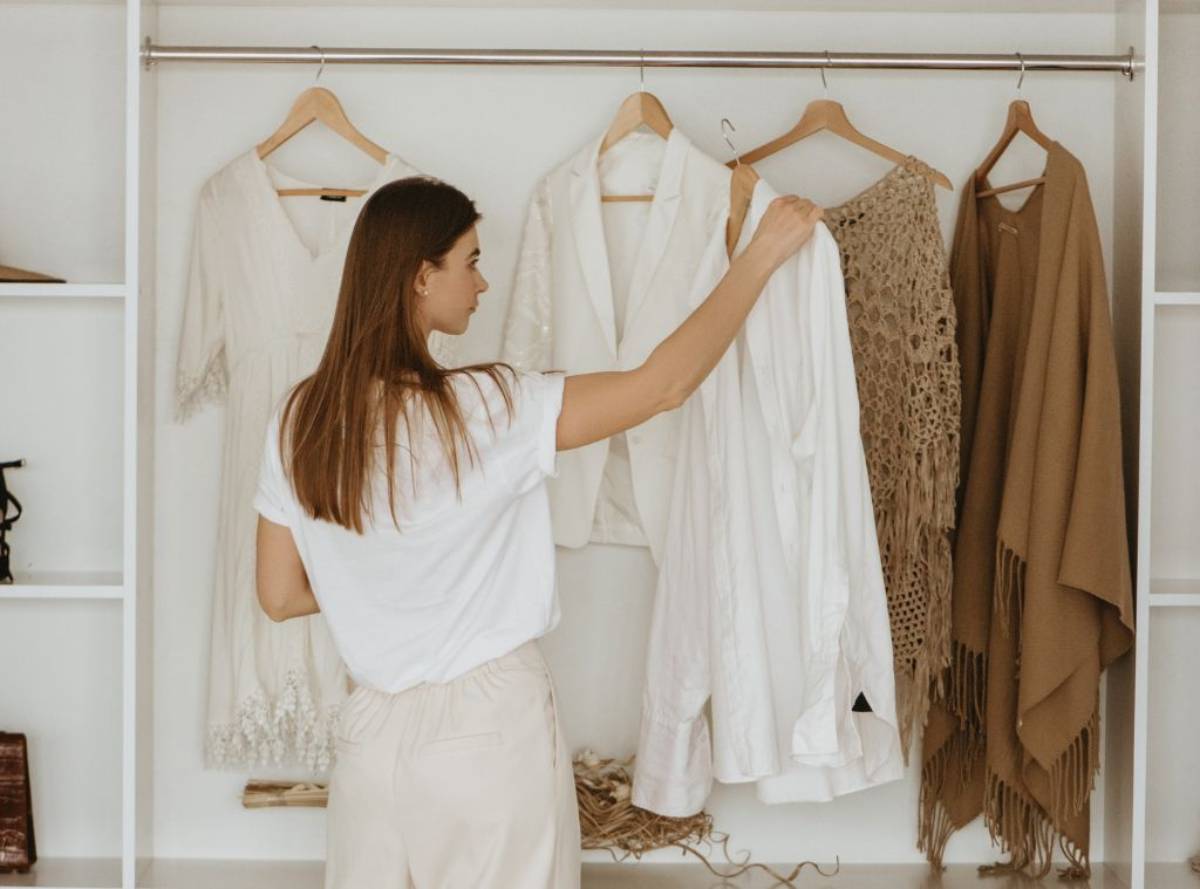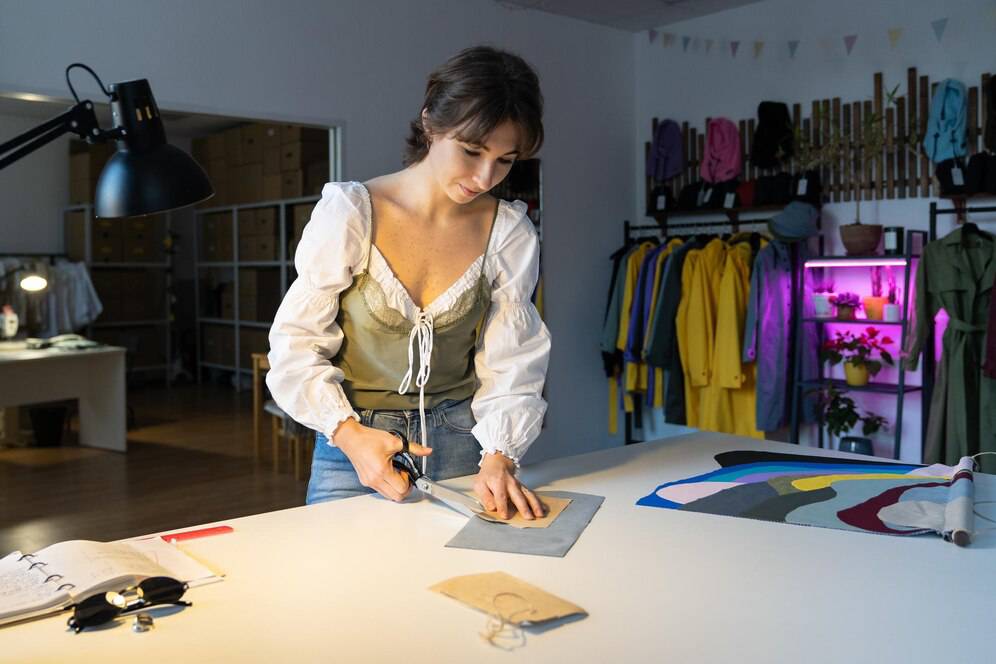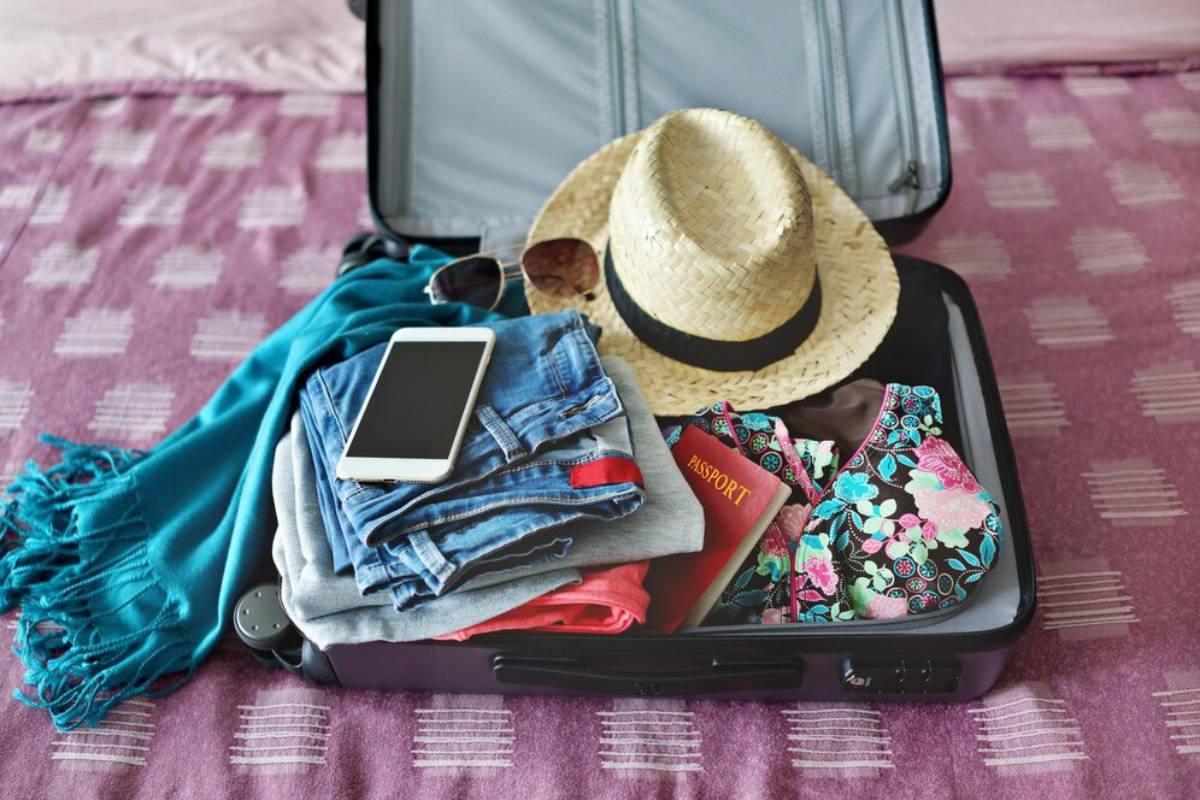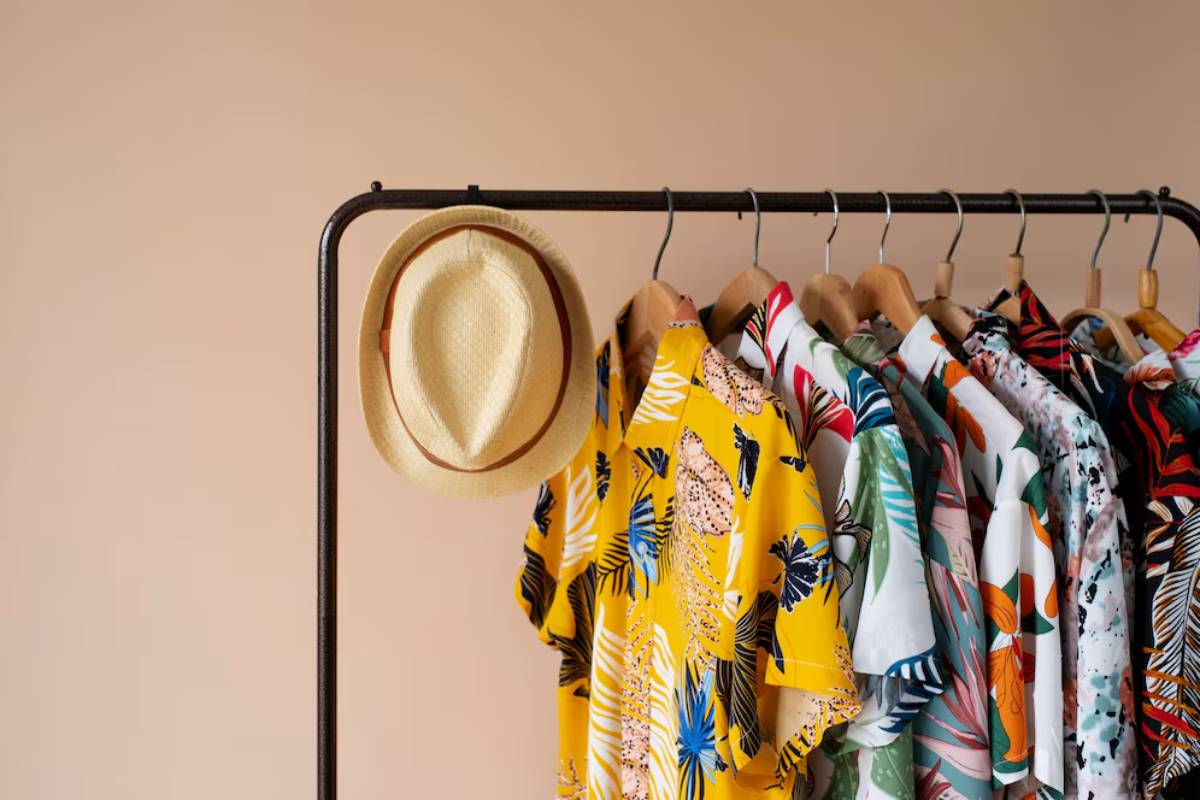
How to Shop with a Minimalist Mindset
Do you ever feel overwhelmed by overflowing wardrobes, impulsive purchases, or items that never quite fit your style? If so, you’re not alone. In a world where fast fashion is the norm and trends change weekly, it’s easy to fall into the trap of buying more but wearing less. That’s where minimalist shopping steps in — a way to simplify your style, reduce waste, and create a wardrobe that works for you.
Shopping with a minimalist mindset isn’t about owning the bare minimum or saying goodbye to fashion. It’s about being intentional with what you bring into your life. In this guide, we’ll explore how to shift your mindset, choose timeless pieces, and make sustainable decisions — all while loving the way you look and feel.
Whether you’re new to minimalist fashion or looking to refine your intentional wardrobe, these tips will help you shop smarter, not more.
Why Choose a Minimalist Shopping Approach?
The Problem with Fast Fashion
Fast fashion promises cheap, trendy clothes at lightning speed. But the true cost is hidden:
- Environmental waste: The fashion industry accounts for around 10% of global carbon emissions (UNEP, 2022).
- Low quality: Many fast fashion items are designed to last only a few wears.
- Overconsumption: We’re buying more and using less.
Minimalist shopping turns this cycle on its head. It promotes quality over quantity, timeless style over trends, and conscious choices over impulse buys.
The Benefits of a Minimalist Wardrobe
- Saves time: Fewer clothes mean quicker decisions.
- Boosts confidence: You know what suits you.
- Reduces clutter: Your space — and mind — feel lighter.
- Supports sustainability: Less shopping means a lower carbon footprint.
Step-by-Step: How to Shop with a Minimalist Mindset
1. Know Your Why
Ask yourself: Why do I want to shop minimally? Is it to save money? Reduce stress? Help the planet? Having a clear purpose will guide your decisions and help you stay focused when temptation strikes.
Tip: Write your “why” down and keep it in your notes or wallet.
2. Audit Your Wardrobe

Before you shop, take stock of what you already own.
Lay everything out — clothes, shoes, accessories — and assess:
- What do you wear often?
- What don’t you wear, and why?
- What’s missing?
This helps you spot patterns in your style and prevents buying duplicates.
3. Define Your Personal Style
Minimalist fashion doesn’t mean boring. It means you know what you like and stick to it. Explore what colours, cuts, and fabrics make you feel confident and comfortable. Pinterest boards or a style mood board can help.
Think of style like a signature: unique, consistent, and personal.
4. Create a Wishlist
Based on your audit and personal style, build a capsule wishlist. This is a list of items that would truly add value to your wardrobe. Include:
- A versatile blazer
- A perfect pair of jeans
- Comfortable everyday shoes
Keep it flexible — it’s not about perfection, but intention.
5. Apply the One-In, One-Out Rule
For every new item you buy, donate, sell, or recycle one you no longer use. This keeps your minimalist closet balanced and clutter-free.
6. Ask the 5-Question Test
Before buying something, ask yourself:
- Do I love it?
- Will I wear it at least 30 times?
- Does it match other things I own?
- Is it comfortable and practical?
- Would I still buy it if it weren’t on sale?
If you say “no” to any of these, put it back.
7. Shop Slow, Not Fast
Intentional wardrobe building takes time. Avoid impulse buys by:
- Leaving items in your online cart for 24–48 hours
- Setting a monthly spending cap
- Shopping only when you need something
Minimalist shopping is like slow cooking — the results are always more satisfying.
8. Focus on Quality, Not Quantity
Instead of buying five cheap tops, invest in one well-made shirt that fits beautifully. Look for:
- Natural fibres (like cotton, linen, wool)
- Strong stitching
- Good brand ethics and reviews
You’ll often spend more up front but save money long-term.
Where to Shop with a Minimalist Mindset
Sustainable Brands
Support ethical, transparent labels that prioritise quality and fair labour:
- People Tree (UK)
- Thought Clothing
- ASKET
These brands often focus on slow fashion and durability.
Second-Hand & Vintage
Give clothes a second life by thrifting. Check out:
- Depop
- Vinted
- Charity shops
- Local vintage boutiques
It’s sustainable and budget-friendly.
Local Designers

Explore small, independent makers in your area. You’ll often find:
- Unique pieces
- Higher quality
- The chance to support real creatives
Real Talk: The Emotional Side of Shopping Less
Shifting to a minimalist wardrobe isn’t just about clothes — it’s a mindset change.
And sometimes, it brings up emotions:
- Guilt over past purchases
- Fear of missing out on trends
- Uncertainty about finding joy in fewer items
That’s totally normal. Try reframing your mindset:
- Each piece you own now was a lesson.
- You’re creating space for better choices.
- Style doesn’t come from having more — it comes from knowing yourself.
Minimalist shopping is a journey, not a destination. Be kind to yourself.
Conclusion: Start Shopping Like You Mean It
Minimalist shopping isn’t about deprivation. It’s about freedom. Freedom from clutter, impulse, and trend-chasing. Freedom to wear what you love and feel great in it.
By choosing quality over quantity, being mindful about your purchases, and staying true to your personal style, you’re not just creating a minimalist fashion wardrobe — you’re crafting a lifestyle.
So, what’s one change you’ll make today? Maybe you’ll declutter your wardrobe, write your wishlist, or explore a local sustainable brand. Whatever it is, start small, stay curious, and celebrate your progress.
If you found this guide helpful, share it with a friend, leave a comment below, or subscribe for more slow fashion tips. Here’s to thoughtful style — and a wardrobe that finally makes sense.


